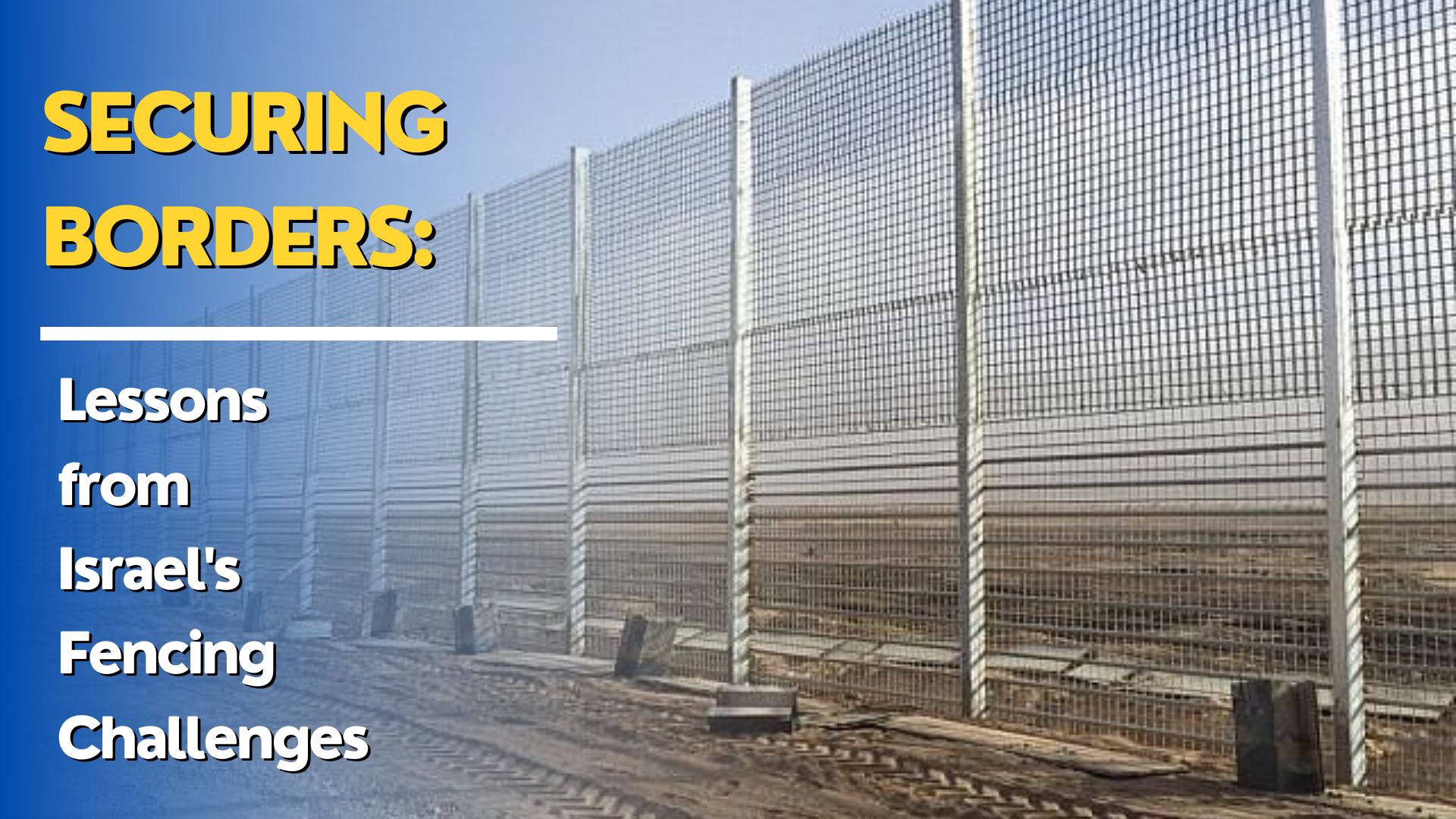

Recent events at Israel’s border with Gaza have underscored a critical lesson in border security: technology, while essential, cannot replace the strategic deployment of human forces.
The breach of the “Iron Wall” fence by Hamas, despite its sophisticated array of sensors and remote weaponry, serves as a stark reminder that vigilant troops must complement static defenses.
History has repeatedly shown that static defenses can fail without active support. From the Maginot Line to the Great Wall, the success of border defenses has hinged on the ability to actively patrol and respond to threats.
India’s current testing of a “smart fence” in Kashmir, equipped with Israeli-designed sensors, must take into account the necessity of pairing technology with adequate ground forces to address vulnerabilities effectively.
Adversaries evolve, learning from each setback to overcome barriers. Israel’s experience with its border fence reveals the critical need for continuous adaptation and preparedness.
India must remain vigilant, recognizing that what deters infiltration today may not be sufficient tomorrow. This necessitates a proactive approach to defense strategy, one that anticipates and counters the ever-changing tactics of adversaries. It’s not just about responding to breaches but predicting and preventing them through a combination of intelligence gathering, technological innovation, and tactical flexibility.
As threats become more sophisticated, so too must the countermeasures, evolving from static displays of defense to dynamic systems of deterrence and response. India’s security apparatus must be agile and ready to adapt its border management to emerging threats with a blend of traditional combat readiness and modern technological solutions.
A significant challenge in assessing the value of border fences like Israel’s lies in the absence of clear success metrics. India’s approach to securing the LOC must include developing methods to measure the effectiveness of its fencing solutions accurately. This involves not only counting the number of prevented infiltrations or breaches but also understanding the broader impact on the security ecosystem, including the morale of forces and the local population.
Metrics should extend beyond immediate results to encompass long-term trends in security incidents, the cost-effectiveness of maintenance and upgrades, and the system’s adaptability to new threats.
Moreover, the evaluation of such security measures must be an ongoing process, incorporating feedback loops that allow for continuous refinement. By establishing comprehensive metrics, India can ensure that its border security strategy is not only responsive but also responsible and sustainable in the long run.
India’s path forward should be informed by a multi-pronged strategy integrating technology, human surveillance, and rapid response capabilities.
Fences serve as a deterrent, but they are just one element of a comprehensive defense strategy that includes regular maintenance, vulnerability assessments, and adaptable rapid-reaction forces.
This holistic approach should also prioritize the training and equipping border security personnel to handle a spectrum of scenarios, from routine surveillance to high-stakes incursions.
The situation in Gaza offers valuable insights into the complexities of modern border security. India can apply these lessons to create a dynamic and robust defense system that balances the strengths of technology with the irreplaceable value of human oversight and intervention.
India can ensure its border security tactics remain effective against evolving threats by fostering a culture of innovation and adaptability.
Furthermore, a commitment to regular assessment and strategic updates will empower India to not only respond to current challenges but also to anticipate and prepare for future security scenarios.